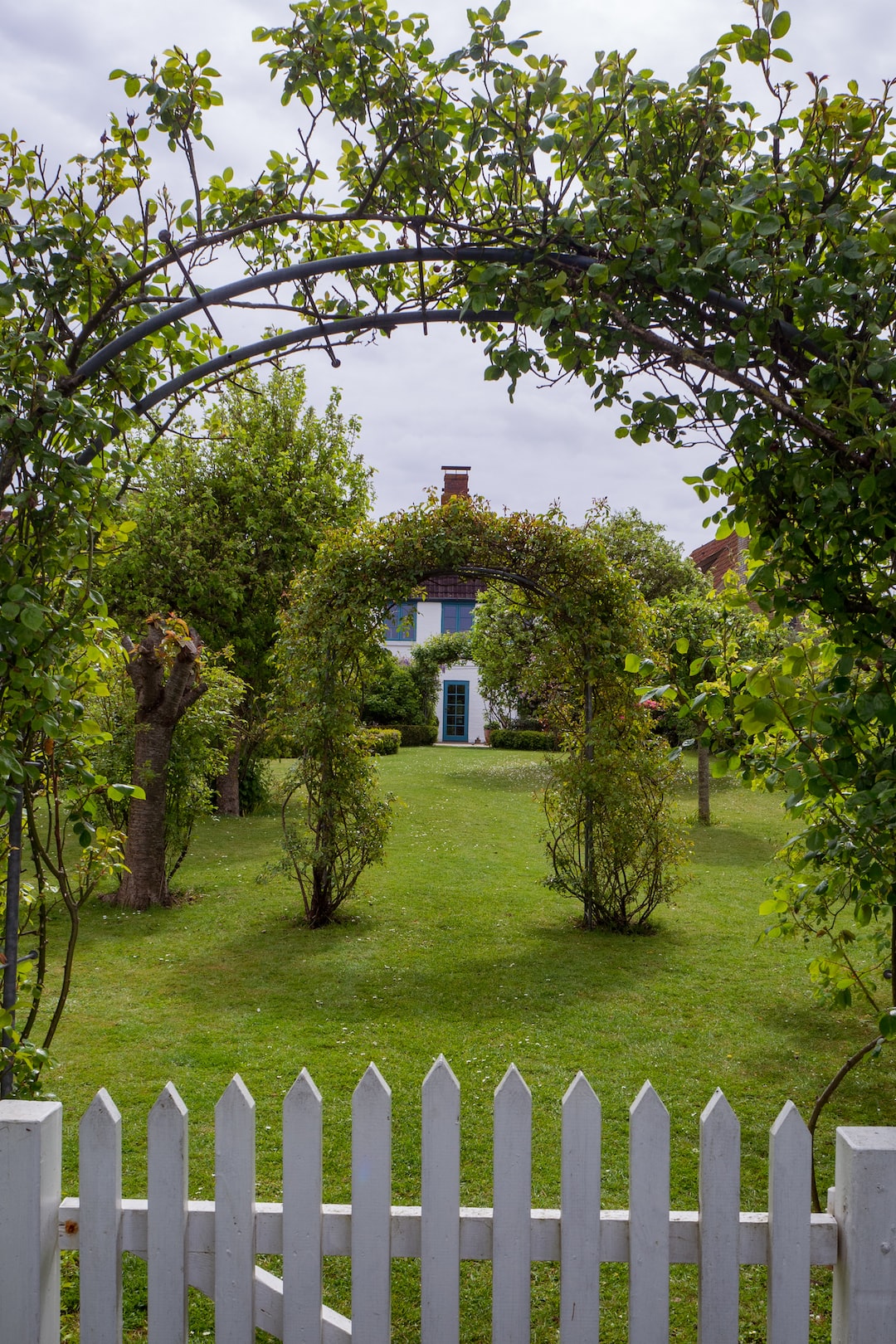The Art of Bonsai: Cultivating Miniature Trees in Your Garden
In a world driven by constant hustle and bustle, finding moments of tranquility and peace can sometimes seem like a distant dream. However, there is a centuries-old art form known as bonsai that allows individuals to create their own tiny oasis of calm, right in their garden. The art of bonsai involves cultivating and shaping miniature trees, an art form that originated in ancient China but became most popularly associated with Japan. In this blog post, we will dive into the world of bonsai, exploring its history, techniques, and the joy it brings to those who practice it.
The history of bonsai can be traced back to the Tang Dynasty in China, over a thousand years ago. During this time, scholars and poets began to recreate scenes from nature in miniaturized form. They would create tiny landscapes with trees and rocks as a way to bring nature indoors. It was believed that these miniature landscapes held great spiritual significance and were a way to connect with nature on a deeper level.
Eventually, the art of bonsai made its way to Japan, where it thrived and evolved into a distinct form. The Japanese took the art of bonsai to new heights, refining the techniques and introducing new species of trees to be cultivated in miniature form. It became not only an art form but a way of life, with bonsai trees being passed down through generations as cherished heirlooms.
The cultivation of bonsai requires patience, skill, and a deep understanding of horticulture. The first step in creating a bonsai tree is selecting a suitable species. While many different types of trees can be used, some popular choices include junipers, pines, maples, and ficus. Each species has its own unique characteristics and growth patterns, which affect the way it can be shaped and pruned.
After selecting a suitable tree, the next step is to plant it in a container. Traditionally, bonsai trees are planted in shallow ceramic pots, which serve both a functional and aesthetic purpose. The size and shape of the pot must be considered carefully, as it should complement the overall design of the tree.
Once the tree is potted, the art of shaping and pruning begins. Bonsai artists use a variety of techniques to shape their trees, including wiring, pruning, and defoliation. Wiring involves carefully wrapping the branches with wire to guide their growth and create the desired shape. Pruning allows the artist to control the size and shape of the tree, while defoliation stimulates new growth and encourages the desired thickness of branches.
Maintaining a bonsai tree requires a delicate balance of watering, fertilizing, and occasional repotting. Overwatering can be detrimental to the health of the tree, while underwatering can cause it to wither and die. Fertilizing is necessary to provide the tree with nutrients, and repotting should be done every few years to prevent the roots from becoming root-bound.
The joy of bonsai lies not only in the cultivation process but also in the contemplation and appreciation of the finished tree. A well-crafted bonsai tree embodies the beauty and harmony of nature, and it can bring a sense of tranquility to any space. Whether displayed indoors or outdoors, bonsai trees have a way of capturing attention and evoking a sense of awe.
In conclusion, the art of bonsai offers a unique opportunity to cultivate miniature trees in your garden and create your own serene oasis. The historical significance, intricate techniques, and the sense of peace it brings make bonsai a truly captivating art form. If you have ever dreamt of connecting with nature in a meaningful way, consider delving into the world of bonsai and discovering the joy it can bring to your life.

